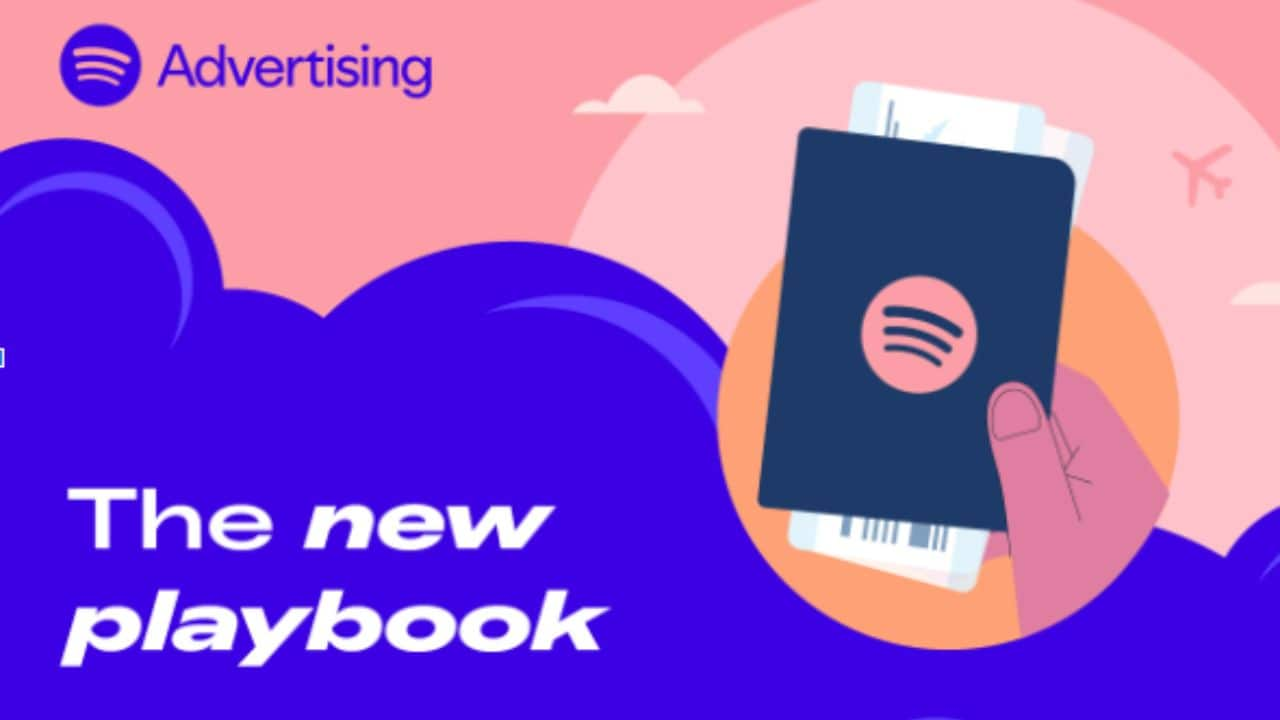Ten years ago, planning a vacation took months—browsing Lonely Planet guides, reading travel blogs, and perhaps even calling a travel agent.
Today, our next destination might reveal itself while commuting to work, making dinner, or unwinding before bed. It’s organic, continuous, and deeply personal. A Spotify song might evoke memories, and you would find yourself on another road trip to Rajasthan. A podcast on Bangkok street food may interest a listener in exploring Bangkok. Such moments of inspiration occur constantly, often when people are not actively in “travel planning mode.”
Some travel brands are finding ingenious ways to be present in these moments, creating connections with their audience that feel authentic rather than intrusive.
Here they are—a new set of rules that acknowledge how profoundly the travel landscape has evolved.
Rule 1: Reach Travellers Before They Search
By the time someone Googles “best places to visit in June 2025,” they’ve already been influenced by weeks or months of passive inspiration online. Brands simply must act early and reach travellers when they’re deeply engaged in content that puts them in a discovery mindset.
One of Asia’s leading online travel platforms did exactly this through its audio-only Spotify campaign. They sponsored Safar Mix, one of India’s most popular travel playlists, and used ‘Audio Everywhere’ ads to reach users across devices. Meeting travellers in their inspiration phase paid high dividends as the campaign delivered a benchmark-beating click-through rate of 0.45%.
Rule 2: Speak to emotions, not just demographics.
Targeting travellers based on demographic data like age and income bracket is a no-brainer for advertisers. However, relying only on that is a rather one-dimensional approach.
The Economic Times and EY recently published a report on the Great Indian Traveller, highlighting travel trends and preferences for 2025. The report reveals that the Indian traveller would rather spend on experiences than assets and is a seeker of ‘soul-enriching travel memories.’ Travellers today are choosing destinations and experiences that align with their emotional needs. Forward-thinking brands are recognising that these emotional contexts provide a more meaningful connection than demographic data alone. Spotify’s unique ability to understand audiences through their listening behaviour enables brands to establish an emotional connection with their audience.
Data from GWI’s Travel Trends 2024 report shows that 50% of travel users on the Spotify platform describe themselves as adventurers, 68% enjoy road trips, and 62% say they love beach/resort stay vacations. These emotional contexts provide richer targeting opportunities for brands.
A renowned hotel chain tapped into this to get the attention of couples planning their special days such as weddings and honeymoons. The campaign reached 6.2 million unique users on Spotify through tailored audio and video ads, proving that an emotional connection can create a memorable brand impression.
Rule 3: Stand out in an age of visual saturation
Beyond the visual landscape of travel marketing, sound reaches customers on a different sensory level, accessing memory and emotion centres through complementary pathways. For travel brands, sonic branding can create a multi-sensory experience that improves brand recognition and recall.
Air India recognised this opportunity when launching India Takes Flight, their signature brand track featuring Grammy-winner Shankar Mahadevan, percussionist Taufiq Qureshi, lyricist Prasoon Joshi, and the Royal Philharmonic Orchestra of London.
The brand partnered with Spotify to launch the track and reach listeners with an affinity for travel. In the first 24 hours after launch, they brought the anthem to listeners using Spotify’s Audio Headliner, a high-impact single-day burst. This was followed up with Audio Everywhere and Display ads to stay top-of-mind and encourage repeat listens.
The campaign saw impressive results: a 38-point uplift in ad recall, a 19-point lift in brand anthem awareness, and a 1% click-through rate that substantially outperformed benchmarks on Spotify.
Rule 4: Create immersive, multi-sensory experiences
Travel is inherently multi-sensory—the sound of waves crashing, the aroma of street food, the feeling of sand between our toes… Yet, advertising has primarily engaged just one sense: sight.
The most effective advertising reflects the nature of travel itself, triggering stronger emotional responses and deeper engagement. When MakeMyTrip wanted to raise awareness about their booking offers, they opted for this strategy. Using creative sound design featuring the sounds of the wind, waves and birds, their ads on Spotify transported listeners to exotic destinations, triggering a desire for a holiday. This was amplified with visual messaging through Spotify’s Display ads. The results were excellent: the campaign reached 4.8 million unique users with a benchmark-beating click-through rate of 0.31%.
24 million Spotify listeners have taken a vacation in the past 3–6 months and 7 million users booked flights online. The Spotify ad platform thus presents a unique opportunity to engage high-intent travelers beyond traditional advertising, transforming marketing itself into a memorable experience.
A Brand Connect initiative
